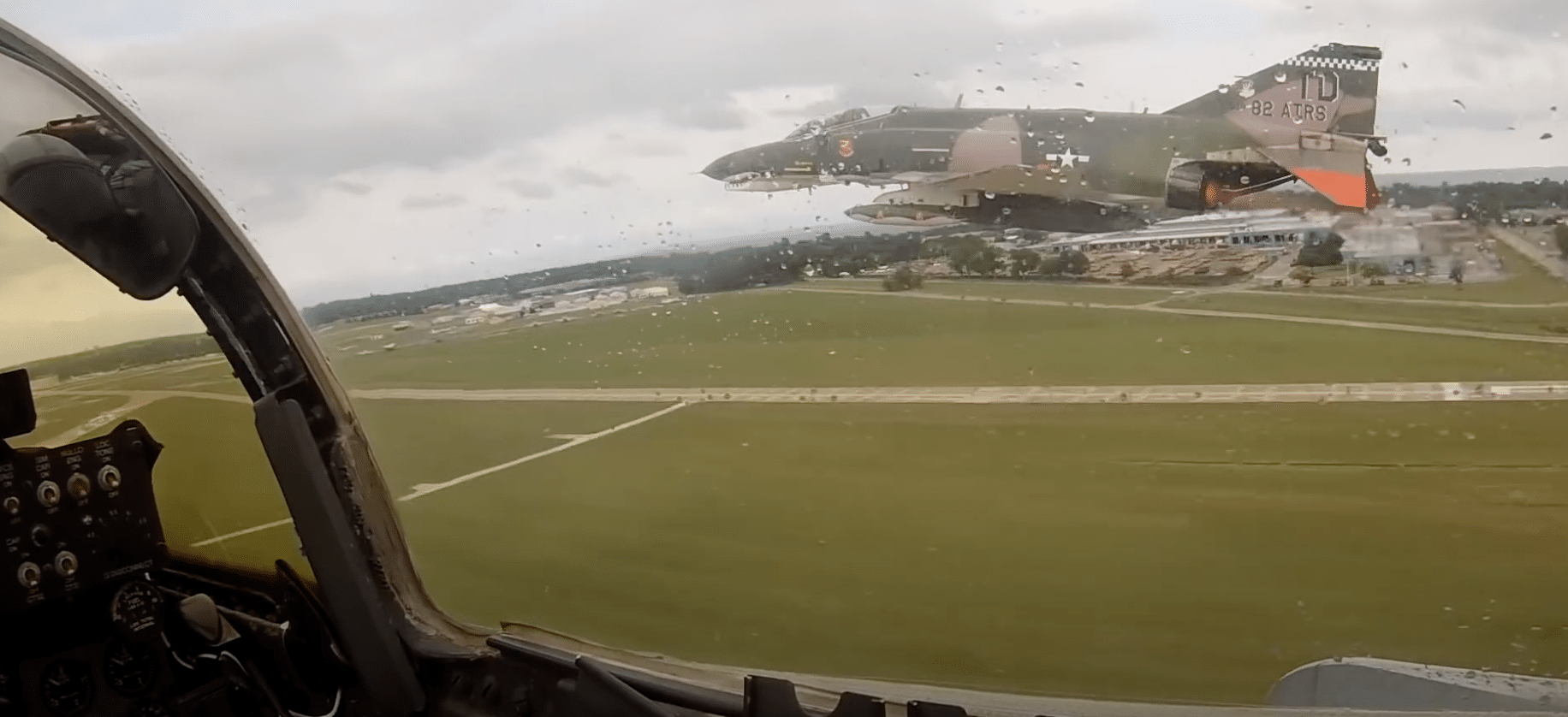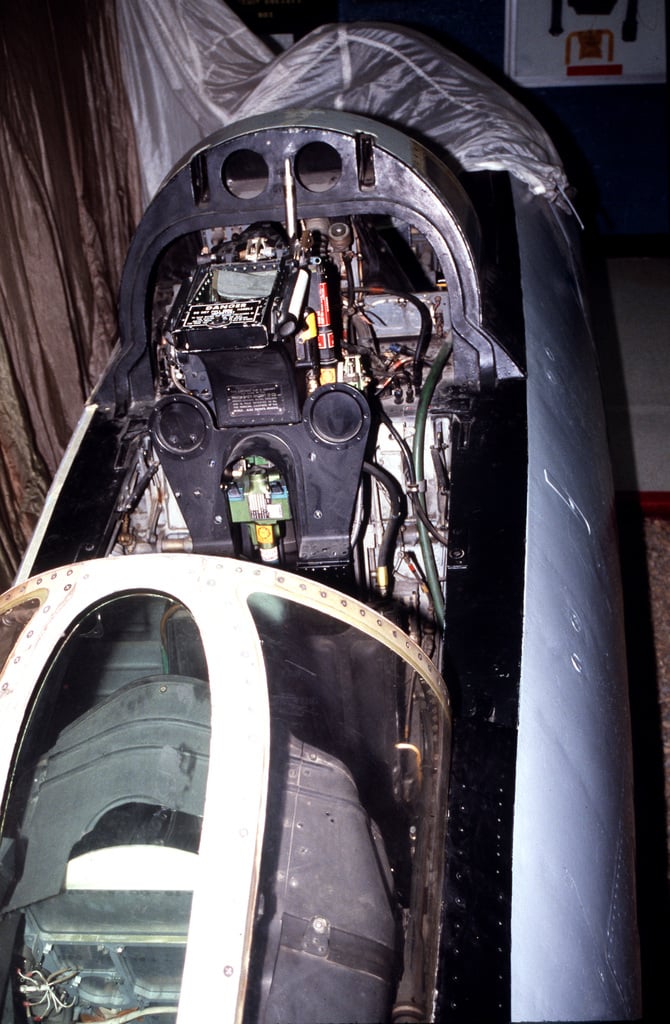
So it’s just best to avoid the suit altogether.Posted On Novemin Air Force, Military with 0 Comments.Tagged: aircraft, aviation, Cockpit, f-4 flying, F-4 Phantom II, flight, interceptor, Interceptor fighter, McDonnell Aircraft, McDonnell Douglas F-4. The F/A-18 has its control column square in-between the pilot’s knees, and during tight formation flying, having something impeding the movement of the stick could very well spell out disaster in the air. still see the Phabulous Phantom in this great video from the team. G-suits typically have bladders that inflate/deflate with bleed air that’s ducted and cooled from the engines, keeping the blood flow distributed normally during high-G moves. Its no secret that the F-4 Phantom is a favorite of airshow fans. The reason for avoiding wearing a G-suit is that it minimizes interference with the control column. If executed properly the pilot/passenger prevents a massive outflow of blood from the brain, which would otherwise cause a G-force induced Loss of Consciousness (G-LOC), which is essentially a black-out. Since neither he nor the pilots fly with G-suits to counteract the effects of gravitational forces on their bodies during the really tasking moves that they put their Hornets through, all involved need to make use of the Anti-G Straining Maneuver (AGSM), also known as the “Hick Maneuver” from the sound that results if it’s done right. Just in case you’re wondering why the passenger (blue helmet) in the video sometimes seems to strain vigorously during a few turns and twists, it’s not because he’s constipated or about to rage. According to the official Blue Angels website, the closest the aircraft get to each other is a separation space of around 18 inches during the Diamond 360 maneuver. The video below takes you into the cockpit of a Blue Angels Hornet during a demonstration routine and gives you an incredible perspective on just how close the jets get to each other during said routine. and the most accurate flight models, cockpit systems, sensors, targeting systems and sounds available. Without a doubt the best in the world, they pull off some incredible stunt flying with their F/A-18 Legacy Hornets, flown by a combination of US Navy and US Marine Corps naval aviators selected from the fleet for a two-to-three year tour of duty. There was an error trying to play this video. Sergeant Falcon on North Star: How a KC-135 Crew Saved an F-4 Phantom Over the AtlanticĬhances are that if you’re interested in aviation in some way or another, especially military aviation, you’ve more than likely wanted to fly with the Blue Angels.Dog-toothed leading edge of wing (12 degrees), anhedral tail (23 degrees). Thato amelia on Pardo’s Push: An Incredible Story of Bravery and Extraordinary Airmanship Manufacturer McDonnell Douglas Corporation Physical Description Twin-turbojet (J79-GE-8), two-seat (tandem) fighter / bomber. The military aircraft America *almost* bought iceberg - Sandboxx on Putting Eagles Out to Sea.Star Wars’ Connection to WWII-era Military Aviation – The Tactical Air Network – AviatorMonthly on Star Wars’ Connection to WWII-era Military Aviation.

YF-23: Why This Stealth Fighter Never Flew for the Air Force | taktik(z) GDI (Government Defense Infrastructure) on YF-23 Could Set the Stage for Northrop Grumman’s Next Generation Fighter Proposal.Pentagon Practiced Shooting Down Spy Balloons In Alaska Wargame Two Years Ago – Innovatio Media on Scud Hunter/Killers of the Persian Gulf War Shock and Awe Vietnam War F-4 Phantom in the Vietnam War An unanticipated problem was encountered, check back soon and try again Error Code: MEDIAERRUNKNOWN Session ID.Josh Rubin on Navy to Explore Resurrecting the F-14 Tomcat to Replace the F-35



Paul Irving on Escuadrón Fénix: Argentina’s Defunct Special Ops Aviation Unit


 0 kommentar(er)
0 kommentar(er)
